 I guess you’ve all heard about chickens and pigs in Scrum. A client of mine just offered me a new one: The Scrum Hawk. He explains it like this :
I guess you’ve all heard about chickens and pigs in Scrum. A client of mine just offered me a new one: The Scrum Hawk. He explains it like this :
“When SCRUM is new to an organization, the first couple of sprints will likely not go as well as planned. At this point, the scrum chickens magically transform into hawks, ready to pounce on the scrum team. “Pouncing” may include attending the daily standup meetings to put pressure on the team.”
Who are these Hawks?
What are Scrum Hawks doing to your new (or not so new) team?
How are they affecting the team?
How do we ground these Hawks and get them to cluck again?

23 novembre 2010
I’m biased, of course, but this is where an on-site coach who is external to the team can help.
I believe it’s absolutely appropriate for the «chickens» to ask questions about why the team didn’t do as well as «planned». As a coach I let the teams make all their regular (and flawed) assumptions about their capacity to deliver work to a true done state, and then ask them to reflect on what happened when they inevitably don’t get it all done. If possible, I invite the chickens to hear this as well.
The first key point is that any substantial change will disrupt the team – they will lose some productivity as they learn the new process. This is the classic Satir model. The other point is that teams are almost always NOT used to delivering work to a state where it could be shipped. They have been determining their capacity based on a different done state – one where they are ready to pass the work downstream.
In my experience it takes anywhere from 2-5 iterations before a team’s velocity stabilizes. Interestingly, it doesn’t seem to matter how long the iterations are, just the number of times the team goes through the process of getting work shippable. At that point, the team has a track record and can start projecting their progress based on reality rather than conjecture, and management can see what’s going on rather than just a rosy picture painted for them. 😉
23 novembre 2010
Hi Dave,
Thanks for your response!
A team’s velocity is very often reduced by obstacles outside of the realm of responsibility or «power» of the Scrum team. This becomes an opportunity to transform Hawks, not into chickens, but into no less than pigs. Within an «impediment» or «organizational» backlog, we ask those Hawks to commit to getting those obstacles, as a whole or in part, out of the way, within the next Sprint. This puts everybody in the same boat and it no longer matters where the hole is – it just needs to be fixed.
Cheers!